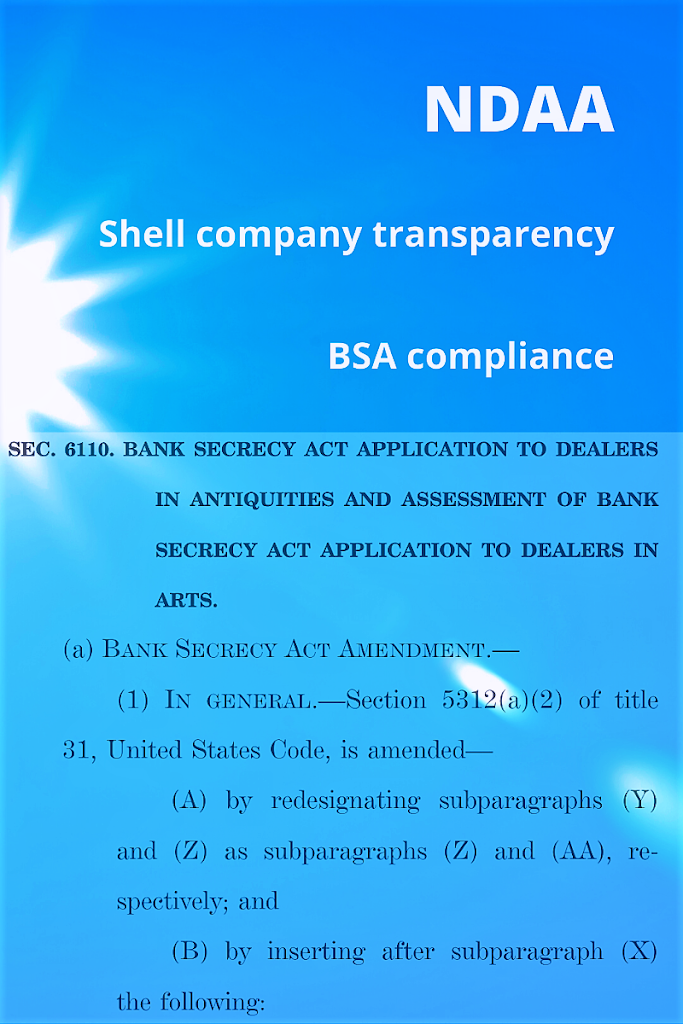Arts and Artifacts Indemnity Program for Museum Exhibitions: New Budget Law Sets Higher Limits
Tucked within the 1600 pages of the $1.1 trillion budget bill signed into law on Tuesday is a section that raises the indemnity limits for America’s largest art insurance program.
Administered by the National Endowment for the Arts, the Arts and Artifacts Indemnity Program protects temporary museum exhibitions against loss or damage and saves nonprofit cultural institutions $30 million dollars a year in costs they otherwise would have spent on expensive commercial liability policies.
That estimate is given by Ford Bell, president of the American Alliance of Museums, who told senators in May that only $100,000 has ever been paid from the federal treasury over the last four decades of the art insurance program’s existence.
Congress originally passed the indemnity law in 1975 to cover foreign art on loan to American museums. The statute was expanded in 2007 to cover domestic artworks as well. The law’s text is codified at 20 U.S.C. Chapter 26A and 45 C.F.R. Part 1160.
The newly enacted Consolidated and Further Continuing Appropriations Act of 2015 increases the aggregate of loss or damage to art or artifacts from $10 billion to $15 billion for international exhibitions and from $5 billion to $7.5 billion for domestic exhibitions. Coverage for a single international exhibition, meanwhile, goes from $1.2 billion to $1.8 billion. The indemnity limit for a single domestic exhibition rises from $750 million to $1 billion.
The new indemnity limits reflect the higher prices that have been paid in recent years for objects sold on the fine arts and antiquities marketplaces.
Photo credit: Anna Hunter





